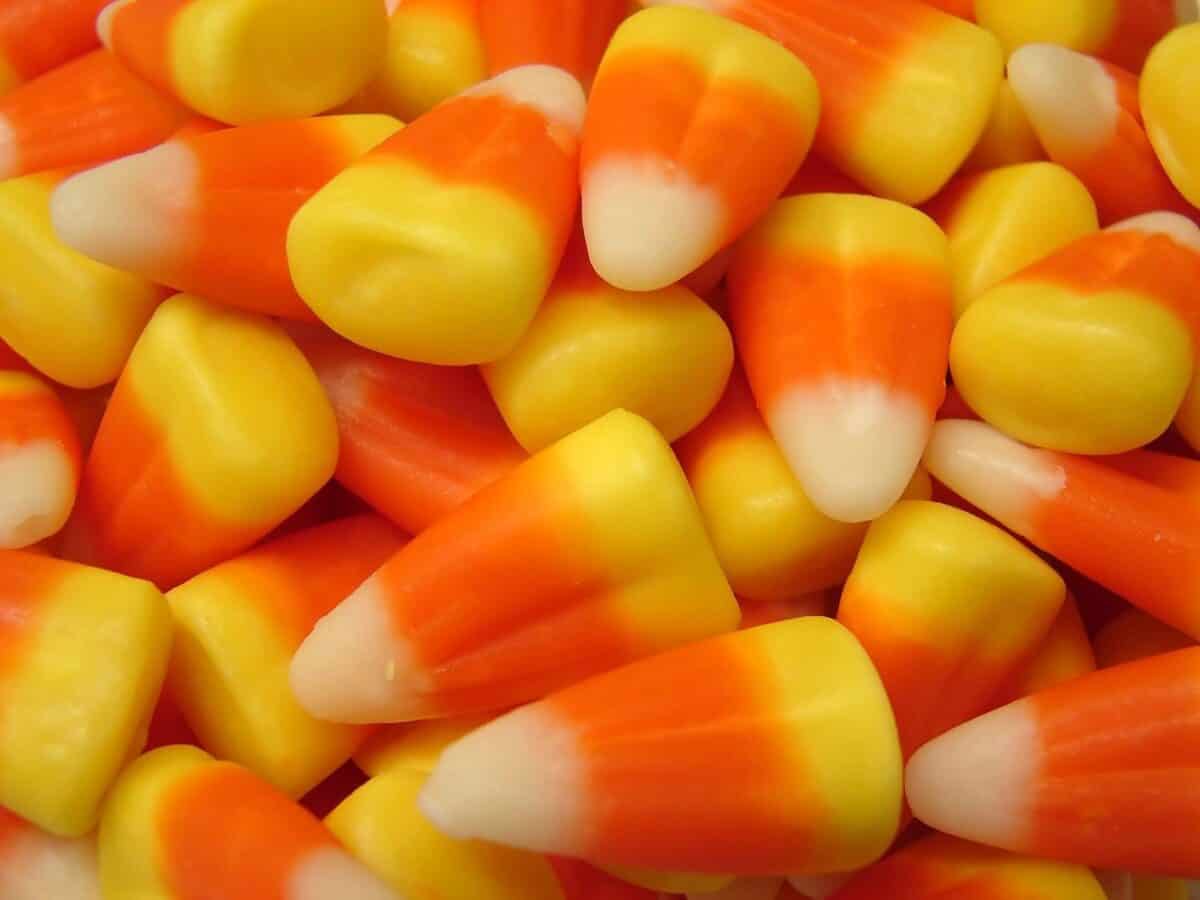Halloween is right around the corner – and that means costumes, pumpkins, and of course… Halloween candy! While it’s perfectly fine to enjoy a few treats, this spooky season can be scary for your teeth if you’re not careful. Here’s how to keep those smiles cavity free while still enjoying the fun.
Choose Your Candy Wisely
Not all sweets are created equal!
-
Best Choices: Chocolate (especially dark chocolate!) – it melts and washes away easily, meaning less time sugar sits on your teeth.
-
Avoid When Possible: Sticky candies like taffy, gummies, and caramel – they cling to your teeth and feed cavity causing bacteria.
-
Watch Out For: Hard candies – they last longer in your mouth and can crack a tooth if you bite down too hard.
Timing Matters
Eat candy with meals, not as random snacks throughout the day.
When you eat, your mouth produces more saliva, which helps rinse away sugar and acid. Constant snacking = constant acid attack.
Brush Before the Ghosts Come Out
After the trick-or-treating fun, make sure your kids brush and floss before bed – no candy residue haunting their teeth overnight!
If you can’t brush right away, rinse with water to help wash away sugar.
Keep Candy in a “Treat Zone”
Let your child pick a few favorites and store the rest out of sight. This teaches moderation and prevents mindless snacking. Some families even do a “Candy Buy-Back” – trading excess candy for a toy or fun experience!
Hydrate Like a Hero
Encourage drinking plenty of water – especially if it’s fluoridated. Water helps neutralize acids and strengthens enamel. Skip sugary drinks that double the sugar exposure.
Visit Your Dentist After the Treats
Halloween is a great reminder to schedule your next dental cleaning or checkup. Your dentist can make sure your teeth are strong and cavity free before the holiday season kicks in.
Final Thought
Halloween candy isn’t the villain – it’s how we handle it. With smart choices, good brushing, and a little planning, your family can enjoy all the spooky sweetness without the post Halloween cavities.
Happy Halloween from our dental family to yours – keep those fangs sparkling! 🦷✨






